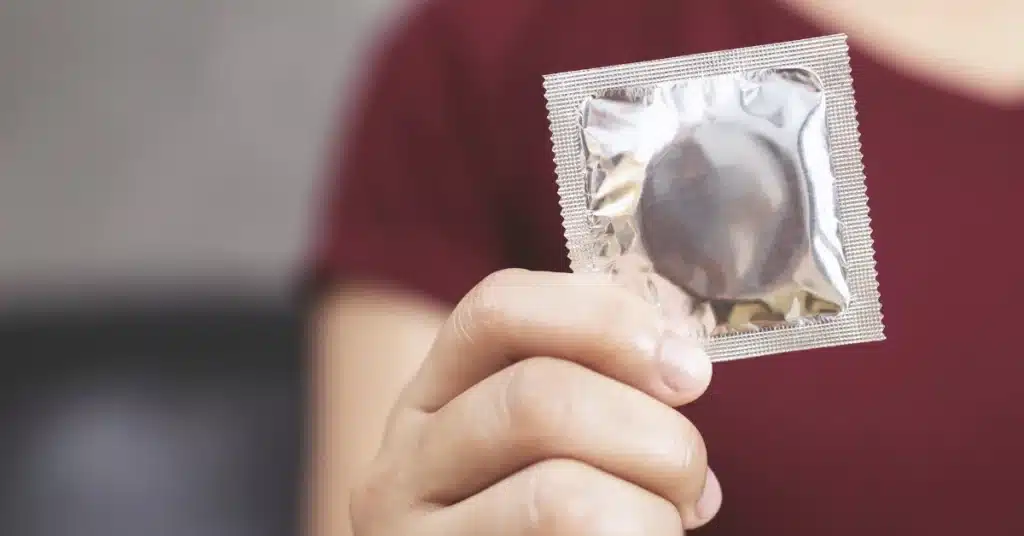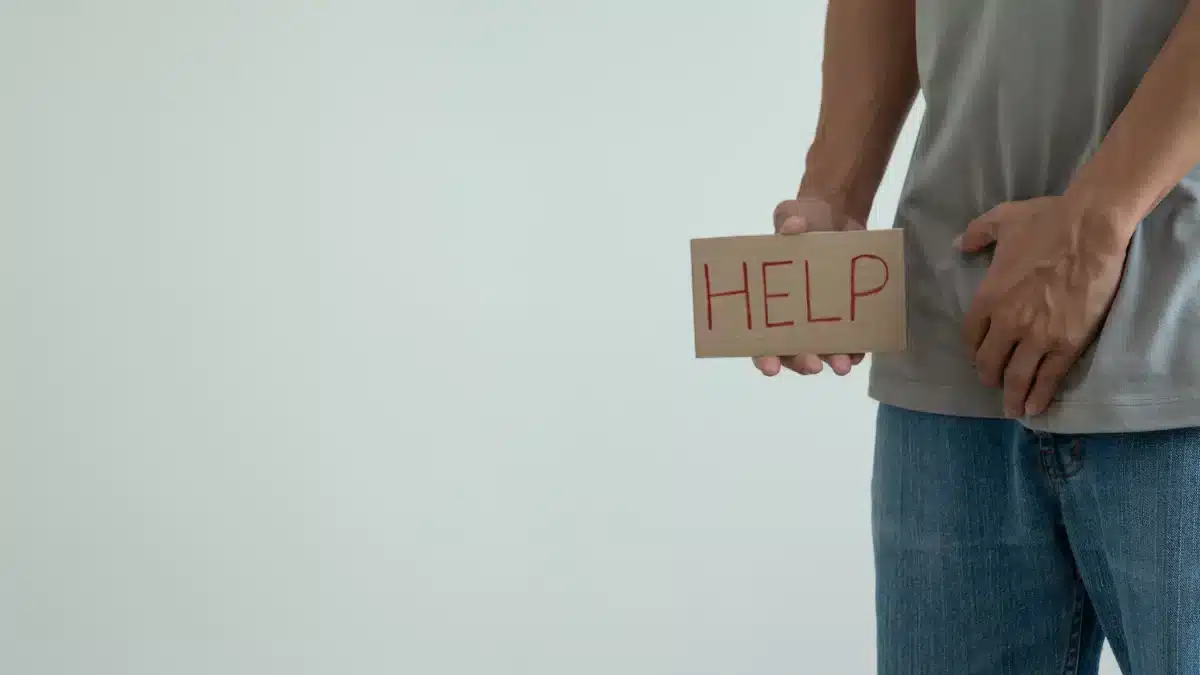Understanding Effective Ways to Manage Gonorrhea Bumps
Gonorrhea bumps, also known as a rash, are uncommon yet severe symptoms of Disseminated Gonococcal Infection (DGI).
DGI occurs when a Gonorrhea infection enters the bloodstream and disseminates throughout the body.
These bumps usually occur when the Gonorrhea is left untreated.
Although there are certain possible ways to treat Gonorrhea bumps.
To understand how these Gonorrhea bumps occur and the effective ways you can manage them, read this insightful article.
What do Gonorrhea bumps look like
The bumps or rash, often very itchy, show up as flat blotches and raised red bumps.
It usually appears 3 to 12 days after the initial infection, starting as small red spots and possibly developing into fluid-filled blisters.
DGI, occurring in about 3% of those with Gonorrhea, can lead to a rash. Seeking medical advice is crucial.
Various bumps or sores, like those from Herpes, Syphilis, and Genital warts, may emerge in the genital area, emphasizing the importance of prompt attention to any symptoms.
Causes of Gonorrhea bumps

Gonorrhea bumps result from the infection caused by the Neisseria Gonorrhoeae Bacterium.
This bacterium can infect various parts of the body, including the genital tract, rectum, throat, and eyes, developing distinctive bumps.
Gonorrhea mainly spreads through unprotected sex with an infected person, be it vaginal, anal, or oral sex.
The bacterium thrives in warm, moist areas of the reproductive and urinary tract, contributing to the formation of these bumps.
The chance of getting Gonorrhea bumps goes up with multiple sexual partners.
Early recognition and the right treatment are key to stopping the infection from spreading and the development of symptoms, including bumps.
Treatment for Gonorrhea bumps
Following are some of the ways to treat Gonorrhea bumps:
- Prompt and accurate diagnosis of Gonorrhea bumps is crucial for effective treatment
- If you suspect Gonorrhea infection or notice associated bumps, seek medical attention
- Healthcare professionals typically perform tests to confirm the diagnosis. Once diagnosed, Gonorrhea is treatable with antibiotics
- The recommended antibiotics for Gonorrhea treatment include Ceftriaxone and Azithromycin
- Even if symptoms diminish, it’s crucial to complete the prescribed antibiotic course to ensure the complete eradication of the infection
Prevention measures

Following are the preventive measures that can be adopted to prevent Gonnorhea bumps:
- Preventing Gonorrhea bumps involves practicing safe sex
- Consistent and correct use of condoms during vaginal, anal, and oral sex is an effective measure to reduce the risk of Gonorrhea transmission
- Regular testing for STIs, including Gonorrhea, is essential, especially for individuals with multiple sexual partners or those engaging in high-risk behaviors
- Open communication with sexual partners about STI testing and status is vital for prevention
- Being aware of each other’s sexual health and taking preventive measures collectively contributes to a healthier sexual environment

Erase discomfort, embrace relief – conquer STDs swiftly!
Reclaim your health with superior antibiotic solutions from WowRx.
Levoflox 750mgCiplox 250mgWhen to Consult a healthcare expert
If you notice any unusual bumps, sores, or symptoms associated with Gonorrhea, it is essential to seek prompt medical attention.
Don’t delay in consulting a healthcare professional if you experience:
- New or persistent bumps in the genital, anal, or oral areas
- Pain, tenderness, or discomfort in these regions
- Genital discharge or changes in urinary habits
- Indications of infection like redness, swelling, or itching
Early identification and treatment are vital for effectively managing Gonorrhea and avoiding complications.
Conclusion
In conclusion, understanding Gonorrhea bumps is essential for maintaining overall health.
While these bumps, a manifestation of Disseminated Gonococcal Infection (DGI), are uncommon, they can be severe if left untreated.
Recognizing the appearance, potential discomfort, and association with untreated Gonorrhea is crucial for seeking timely medical attention.
The distinctive flat blotches and raised red bumps can signal an underlying infection that requires prompt diagnosis and treatment.
Seeking medical advice if you notice any unusual bumps or related symptoms is imperative.
Early detection through tests and accurate diagnosis facilitates effective antibiotic treatment, such as Ceftriaxone and Azithromycin.
Prevention plays a pivotal role in avoiding Gonorrhea bumps.
Consistent condom use during sexual activity, regular STI testing, and open communication with sexual partners contribute to a healthier sexual environment.
Frequently Asked Questions
How do you get rid of Gonorrhea bumps?
Contemporary antibiotics are effective in treating Gonorrhea in most of the cases. Over-the-counter or home remedies are not suitable for managing Gonorrhea. If you suspect you have Gonorrhea or if a sexual partner has received a positive test result, it is imperative to seek diagnosis and treatment from an expert.
What are the symptoms of Gonorrhea?
Common signs of Gonorrhea include a dense yellow and green discharge from the vagina or penis, discomfort during urination, and, in women, menstrual bleeding between periods. However, approximately 1 in 10 men and nearly half of women with the infection may remain asymptomatic.
How long does it take Gonorrhea bumps to go away?
Gonorrhea treatment usually resolves symptoms within a week. If symptoms persist for three to five days post-treatment, consult a healthcare provider immediately.
What is the treatment for Gonorrhea bumps?
Gonorrhea bumps are treated with antibiotics, typically Ceftriaxone and Azithromycin. Seeking prompt medical attention is crucial. Completing the prescribed antibiotic course is essential, even if the symptoms diminish.
WowRx uses only high-quality sources while writing our articles. Please read our content information policy to know more about how we keep our content reliable and trustworthy.






